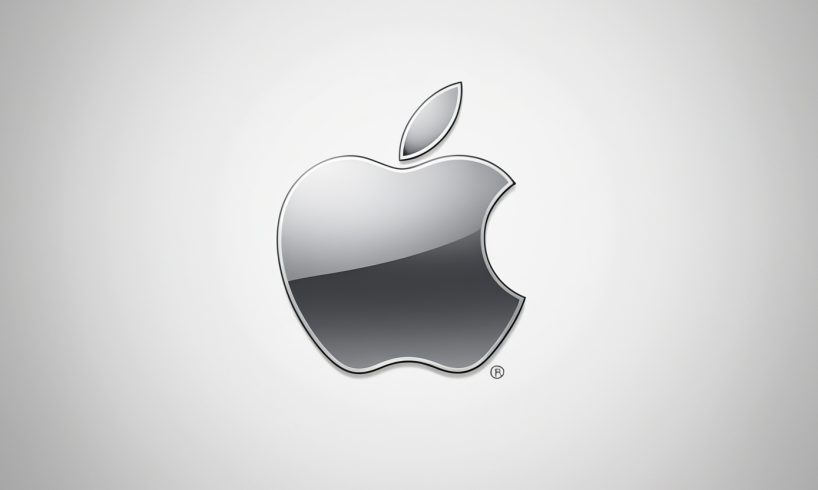
In a move that sounds straight out of science fiction, Apple is reportedly exploring mind-control technology that would allow users to operate their iPhones and iPads using their thoughts. While still in early development, this groundbreaking research marks a bold leap into the future of human-computer interaction one that could transform how we use technology in the next decade.
From touchscreens to Face ID to voice assistants like Siri, Apple has consistently pushed the boundaries of user interface innovation. Now, the next frontier may lie not in your hands but in your mind.
A Glimpse into the Future of Brain-Computer Interfaces
Apple’s interest in brain-computer interfaces (BCIs) isn’t entirely new, but recent reports, patents, and industry whispers suggest that the company is ramping up its focus on neural input systems. These systems would allow users to perform functions like opening apps, sending texts, or browsing the internet all without physically touching their devices.
BCIs work by interpreting electrical signals from the brain and translating them into commands a machine can understand. This technology is already being explored by startups and tech giants alike most notably Elon Musk’s Neuralink, which has implanted chips in human brains. Apple, known for prioritizing consumer-grade, non-invasive technologies, is believed to be taking a more wearable approach.
How It Might Work
While Apple hasn’t confirmed any details publicly, several patent filings over the past few years give us clues:
- Wearable Neural Sensors: These could be embedded in AirPods, headbands, or even future iterations of the Apple Vision Pro, capturing subtle brainwave activity from outside the skull.
- Eye Tracking + Brain Signals: A combination of gaze tracking and neural input could allow the system to interpret user intent more accurately.
- Machine Learning Integration: Apple may use on-device AI to decode neural signals into usable commands, customizing the system to each user’s brain patterns over time.
In essence, Apple is working on non-invasive, AI-powered neurotechnology that seamlessly integrates with its existing ecosystem.
Potential Use Cases
The implications of this technology are vast, particularly in accessibility, healthcare, gaming, and productivity:
1. Accessibility Breakthroughs
For people with motor disabilities, controlling a device using only thoughts could be revolutionary. Apple has long been a leader in accessibility features, and mind-control technology could eliminate physical barriers to technology use altogether.
2. Hands-Free Navigation
Imagine browsing Safari, sending messages, or controlling smart home devices just by thinking. Mind-control input would redefine multitasking, especially in environments where using your hands isn’t convenient — like driving or cooking.
3. Immersive AR/VR Experiences
Mind control could be the ultimate interface for Apple’s Vision Pro headset and other AR/VR platforms, providing deeper levels of interaction in virtual environments.
4. Productivity and Speed
The speed of thought vastly exceeds the speed of speech or typing. In theory, users could interact with their devices faster and more fluidly than ever before creating a new era of “mental productivity.”
Apple’s Strategic Advantage
Apple’s focus on privacy, ecosystem control, and user-friendly design could give it a unique advantage in the BCI space. While competitors like Neuralink focus on invasive brain implants, Apple is likely developing wearable, consumer-friendly solutions that don’t require surgery or intensive calibration.
Additionally, Apple’s powerful in-house chips (like the M-series) and advances in on-device AI mean it can process sensitive neural data without relying on the cloud a key privacy advantage.
Challenges Ahead
Despite its promise, mind-control technology still faces significant technical and ethical challenges:
- Accuracy & Reliability: Reading brain signals with non-invasive sensors is complex and prone to noise.
- Privacy Concerns: Brain data is arguably the most personal data imaginable. Safeguarding it will be crucial.
- User Trust & Adoption: Convincing everyday users to rely on neural inputs even if non-invasive will take time and education.
Apple’s approach will likely emphasize privacy, health, and well-being, easing public concerns and positioning the tech as a thoughtful, optional enhancement rather than a disruptive overhaul.
Industry Context
Apple’s move comes as part of a broader industry trend toward neural interfaces and AI-driven human augmentation. Meta is working on wrist-worn EMG (electromyography) devices that read nerve signals. Google has backed various neurotech initiatives. And startups like CTRL-labs and Kernel are developing new forms of wearable neurotech.
However, Apple’s deep integration of hardware, software, and services gives it a unique platform to introduce such technologies in a polished, user-ready form just as it did with the iPhone, Apple Watch, and AirPods.
The idea of controlling an iPhone or iPad with your mind may have once sounded like pure fantasy, but today it’s a tangible possibility backed by serious research and investment. Apple’s work in this space could usher in a new paradigm of interaction, where the brain becomes the ultimate input device.
Whether this technology arrives in five years or ten, one thing is clear: the future of computing is moving closer to the human mind, and Apple intends to be at the forefront of that revolution.

I am a person who is positive about every aspect of life.I have always been an achiever be it academics or professional life. I believe in success through hard work & dedication.
Technology Blogger at TechnoSecrets.com






